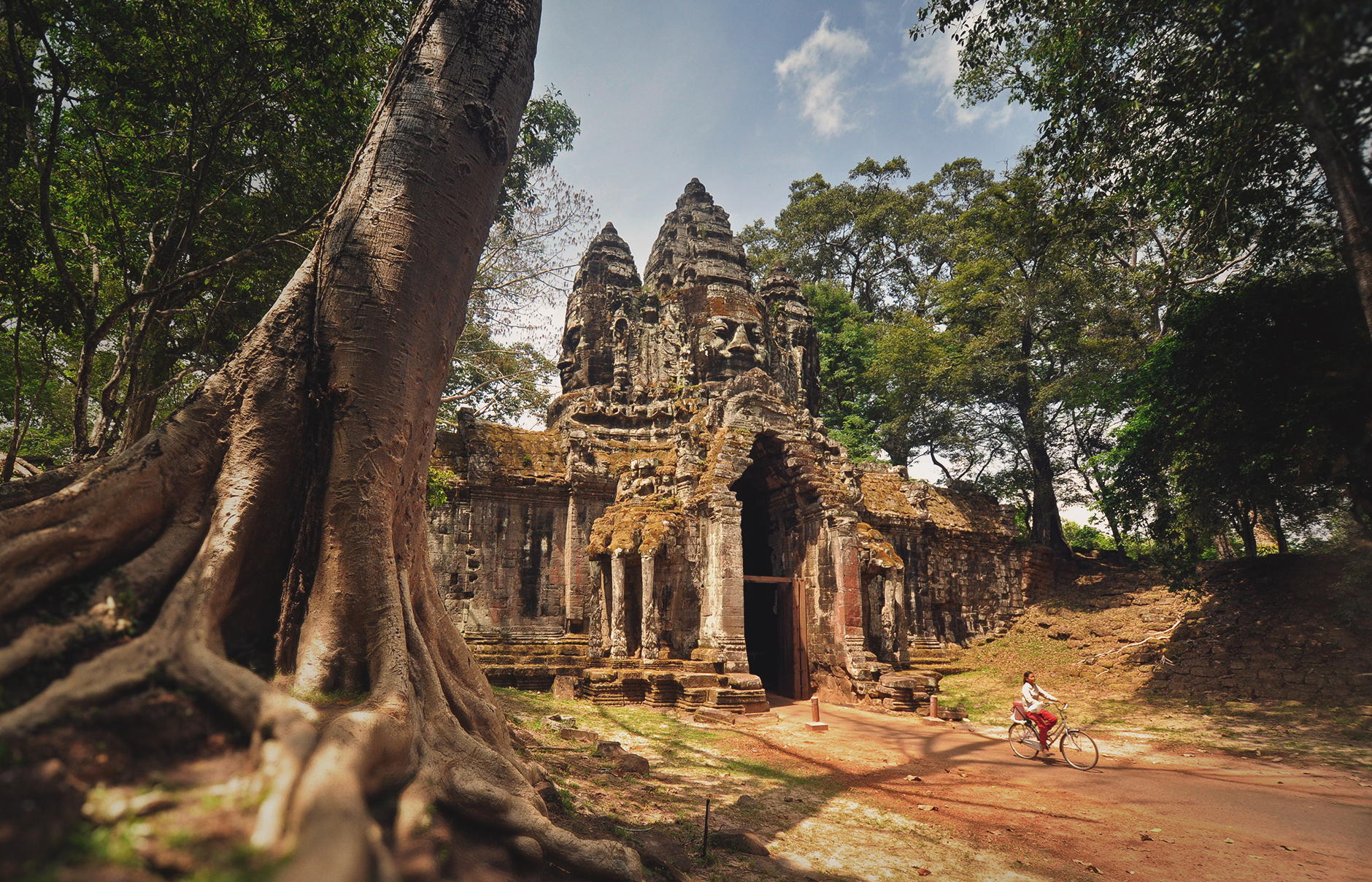

So what are the top things to do in Siem Reap? Angkor Wat, with its unique Khmer architecture harking back to the captivating past of the ancient empire, is central to the experience of the city. It’s the most famous Khmer temple complex in Cambodia—and a wildly popular and often busy place. But if you venture beyond the jungle-covered temple ruins, you may find that Siem Reap has much more to offer.
→ Wondering where to stay?
For elegant escapes with spa sanctuaries and private pools, explore our guide: The Best Luxury and Boutique Hotels in Siem Reap — from design-led hideaways to heritage-inspired resorts surrounded by rice fields.
*This post contains affiliate links from which we may earn a commission, at no extra cost to you.
All photos in this post are by Laskowski & Zadros. © TravelPlusStyle.com.
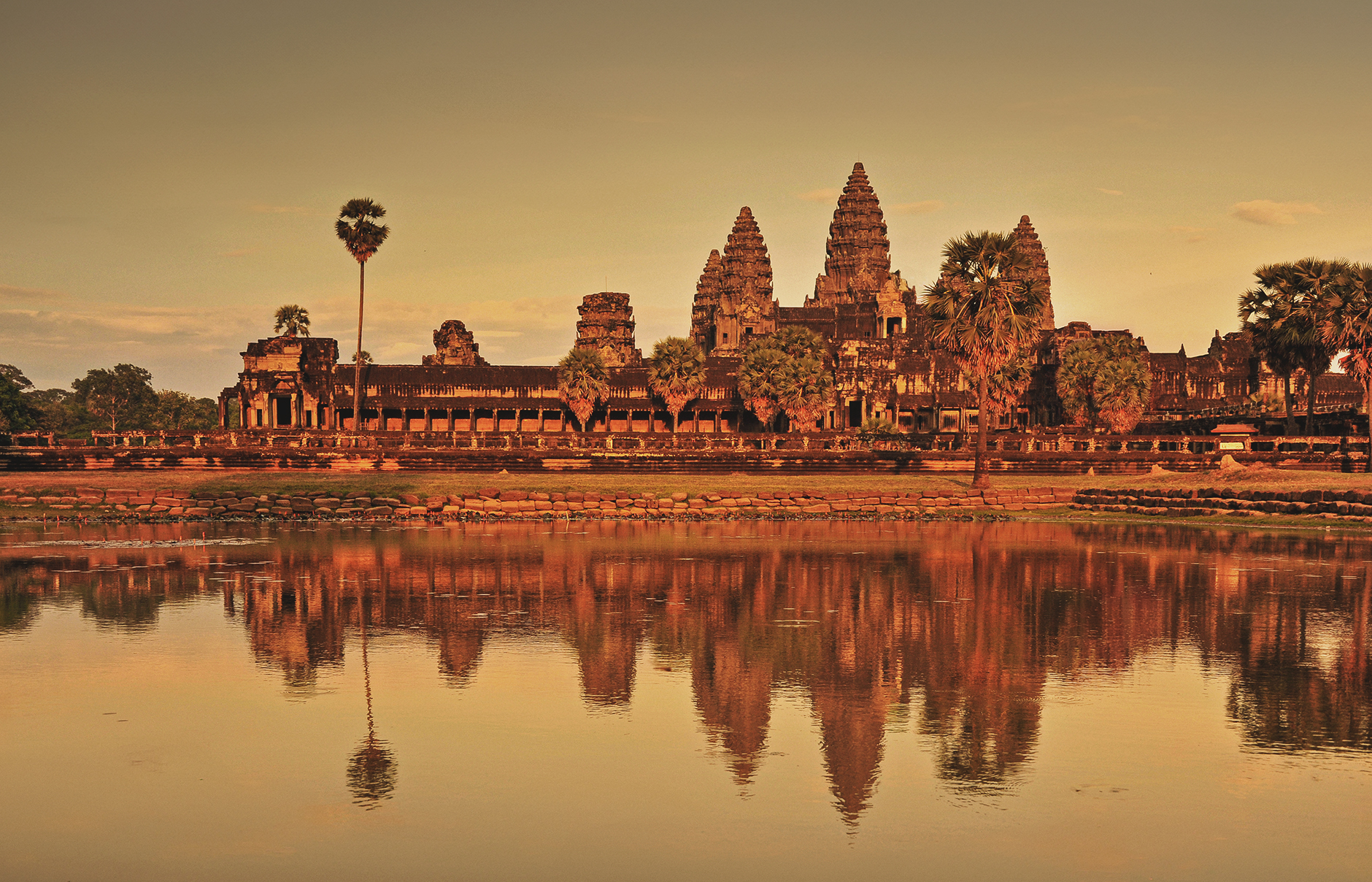
Angkor Wat is the largest, the most magnificent and the best-known of all Angkor temples. It’s the jewel in the crown of Cambodia’s attractions. So quintessential is the site to the image of Cambodia that even the country’s flag features it.
We recommend visiting early—or late—and taking it easy: start before sunrise and spend three or four hours taking in the raw scale and delicate beauty of the ruins. (See our in-depth guide: Beyond Sunrise: How to Experience Angkor Wat Without the Crowds).
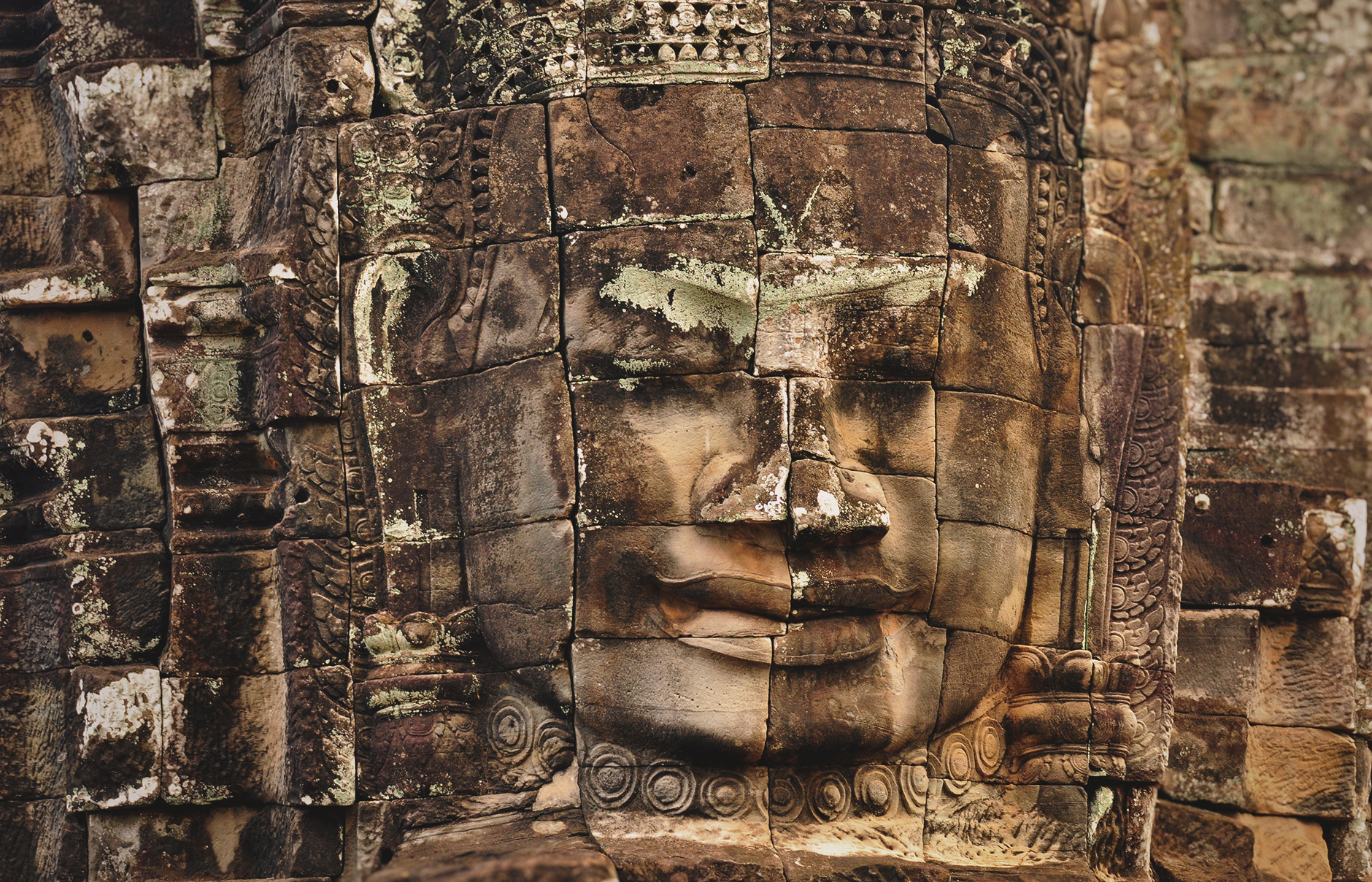
Angkor Wat may be the most famous, but for many, it’s Bayon Temple that remains the true icon of Cambodia — or more precisely, its giant stone-carved Buddha towers. Their massive silhouettes rise above the jungle canopy, their enigmatic smiles captivating all who come to see these silent witnesses to centuries of history. Exploring with a local guide or arranging a private visit can reveal hidden corners and details that often go unnoticed.
Bayon’s 200-plus sculpted visages, each with a subtly different expression, capture the mystical essence of the Khmer Empire. The light transforms everything here — visit in the early morning or late afternoon for golden tones and fewer crowds. Every turn reveals another carved detail, another serene gaze, making Bayon one of Angkor’s most mesmerizing sites.

Siem Reap, being the touristic capital of Cambodia, is also one of the best places in the country for shopping. The Old Market or Central Market offers everything from the famous Cambodian silk to freshwater pearls and glassware—no doubt your haggling skills will come in handy.
If you’re short on time however, head to Artisans d’Angkor, where prices are higher—but often so is the quality. Classic Cambodian checkered scarves, luxurious silk and sculptures, or premixed spice packets make fantastic gifts and souvenirs.
The roots and branches clasp the massive walls, reducing them to rubble: Ta Prohm’s trees and stones, forever embraced in the slow dance of entropy
As the remnant of the world’s largest pre-industrial city, Angkor Wat covers a vast area and comprises hundreds of extraordinary temples. They are surrounded by and often taken over by forests, and the best example of such take-over is Ta Prohm—otherwise known as the “Tomb Raider Temple”.
Made famous by the popular blockbuster featuring the scantily clad “archeologist” Lara Croft, the 12th century ruins’ most distinctive feature is the roots and branches of trees that clasp the massive walls of the temple, slowly reducing them to rubble. Deliberately left in a maintained state of neglect, Ta Prohm is a nostalgic, picture-perfect sight.
To fully immerse yourself in Ta Prohm and the surrounding temples, consider booking a guided or private tour in advance — you can reserve your visit here.
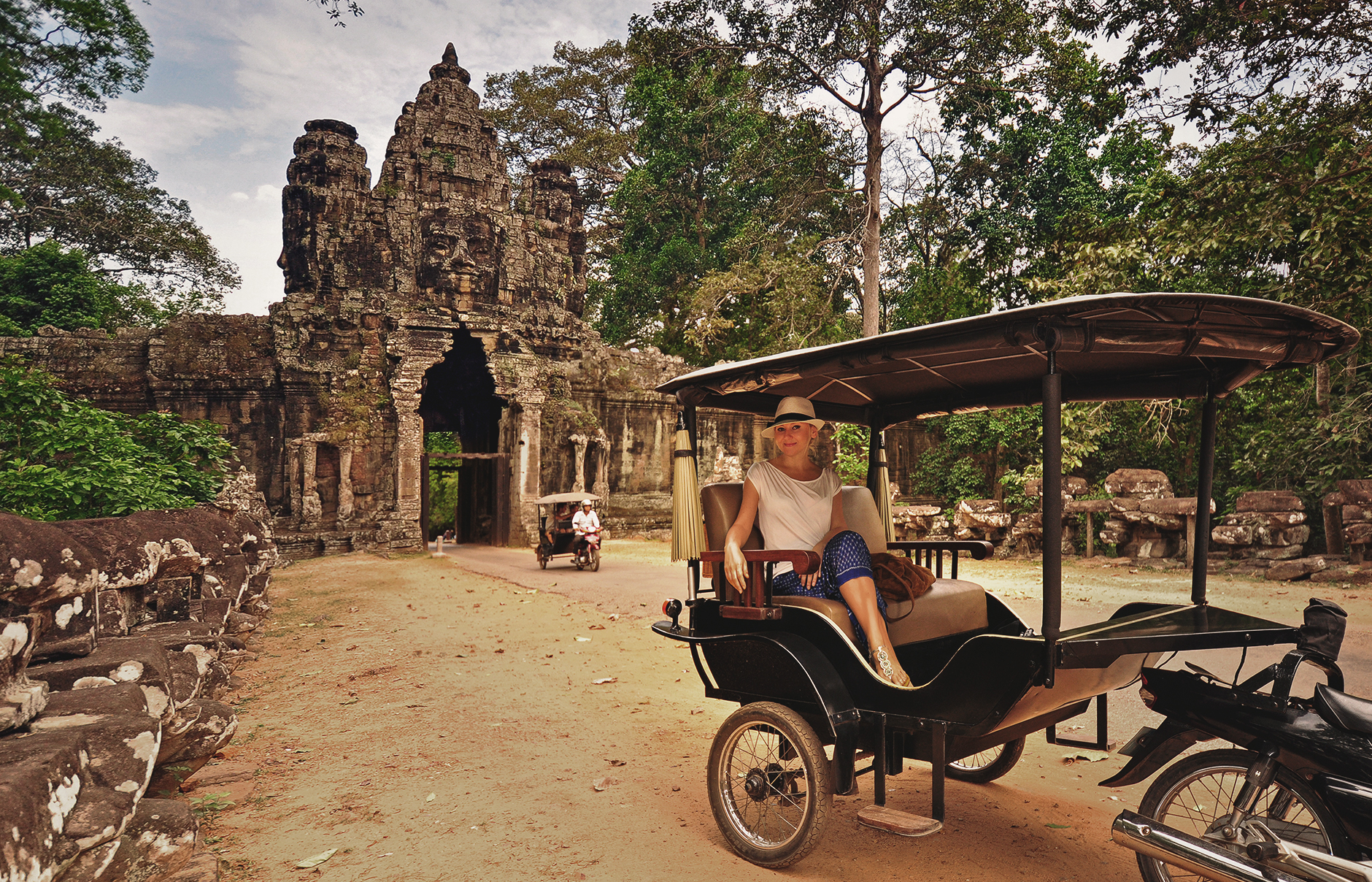
There is no more authentic Southeast Asian experience than hitching a ride in a Tuk-Tuk. It’s also the best way to get a feel for Cambodia: Tuk-tuk is our preferred method of transportation when sightseeing here.
Tuk-tuks in Cambodia are simply open-air taxis. these two or four-seat carts pulled by motorbikes are perfect for traveling through towns where the roads are forever congested and traffic lanes are just a suggestion. Tuk-tuks are as fast as a regular taxi and easily half the price. Book your private tuk-tuk tour for a smooth, scenic journey between temples and cafés.
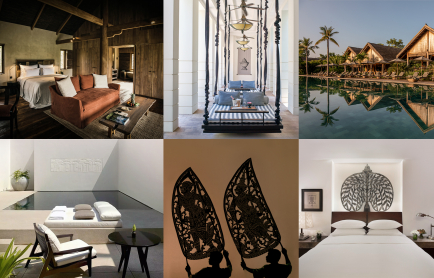
Where to Stay in Style in Siem Reap, Cambodia
Take a moment to imagine the grandeur of the city that once stood amid the ancient temples in the Angkor Wat area—the last great capital of the Khmer Empire: Angkor Thom.
If you’ve already wandered through the serene stone faces of Bayon Temple, you’ve stood at the very heart of Angkor Thom. But this was a vast walled city, once home to a million people, and both a spiritual and political center, embodying the empire’s might and sophistication. Other than Bayon, what’s mostly left are the five monumental gates of the city. Topped with massive carved faces, Angkor Thom gates feel imposing and otherworldly.
Enter through the South Gate — the most photogenic — and follow the causeway lined with guardian statues. Wander along the Terrace of the Elephants and the Terrace of the Leper King, and let the echoes of an ancient civilization unfold with each step.
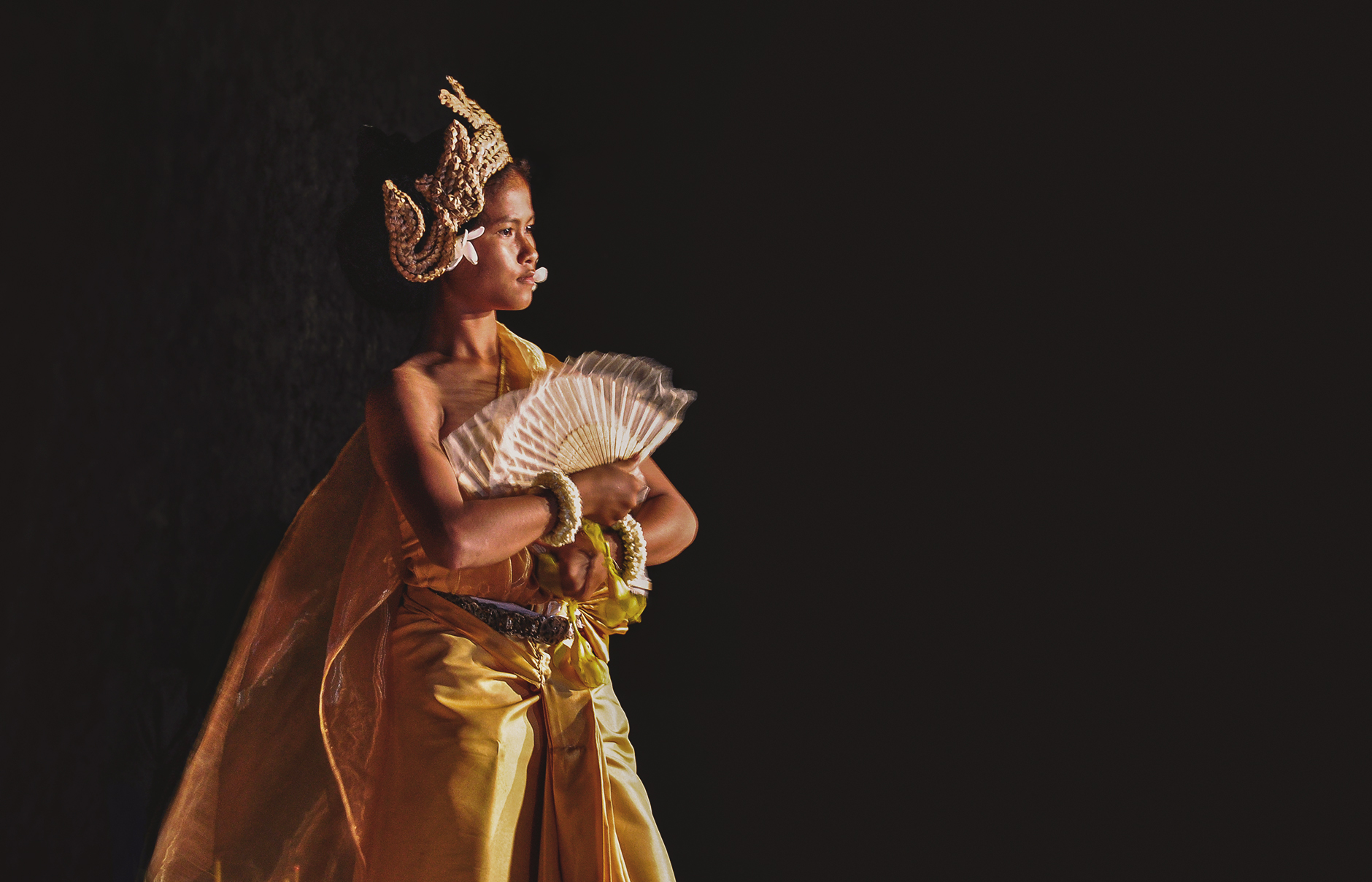
The Apsara dance is an ancient art form that have played a major part in Khmer culture for more than thousand years. The tradition has seen a great revival in the last decades. The quality range from cheesy to well-executed and many places have regular shows in Siem Reap (Apsara Theatre in Angkor Village has two performances every night). If you have a chance to see a good troupe then it’s an absolute must.
We were lucky to see it in Amansara, performed by a visiting troupe from Phnom Penh. Their exquisite performance of a legend that featured a scene of resurrection, took on a new symbolism in the light of the country’s rebirth after the Khmer Rouge regime.
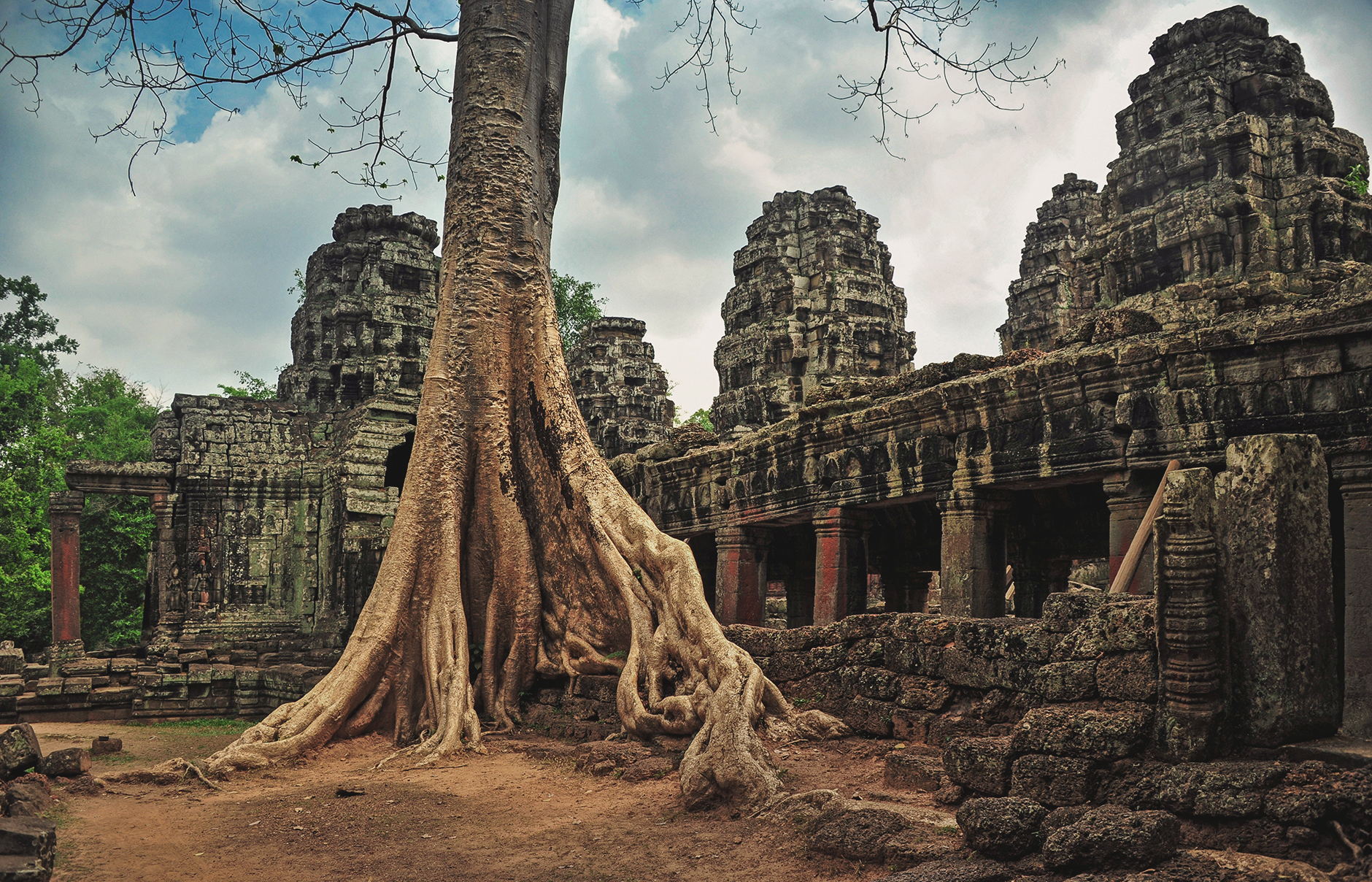
Step off the main tourist trail to discover Angkor’s quieter treasures. Start with Banteay Srei, the so-called Citadel of Women, where pink sandstone carvings reveal some of the most intricate artistry in the Khmer Empire. Then venture further to Beng Mealea, an overgrown masterpiece about 60 kilometers from Siem Reap. Often called the Lost Temple, it remains partly swallowed by the jungle — an explorer’s dream.
Other lesser-visited temples worth your time include Banteay Kdei, Ta Som, and Preah Khan — places where silence, birdsong, and dappled sunlight replace the crowds of Angkor Wat.
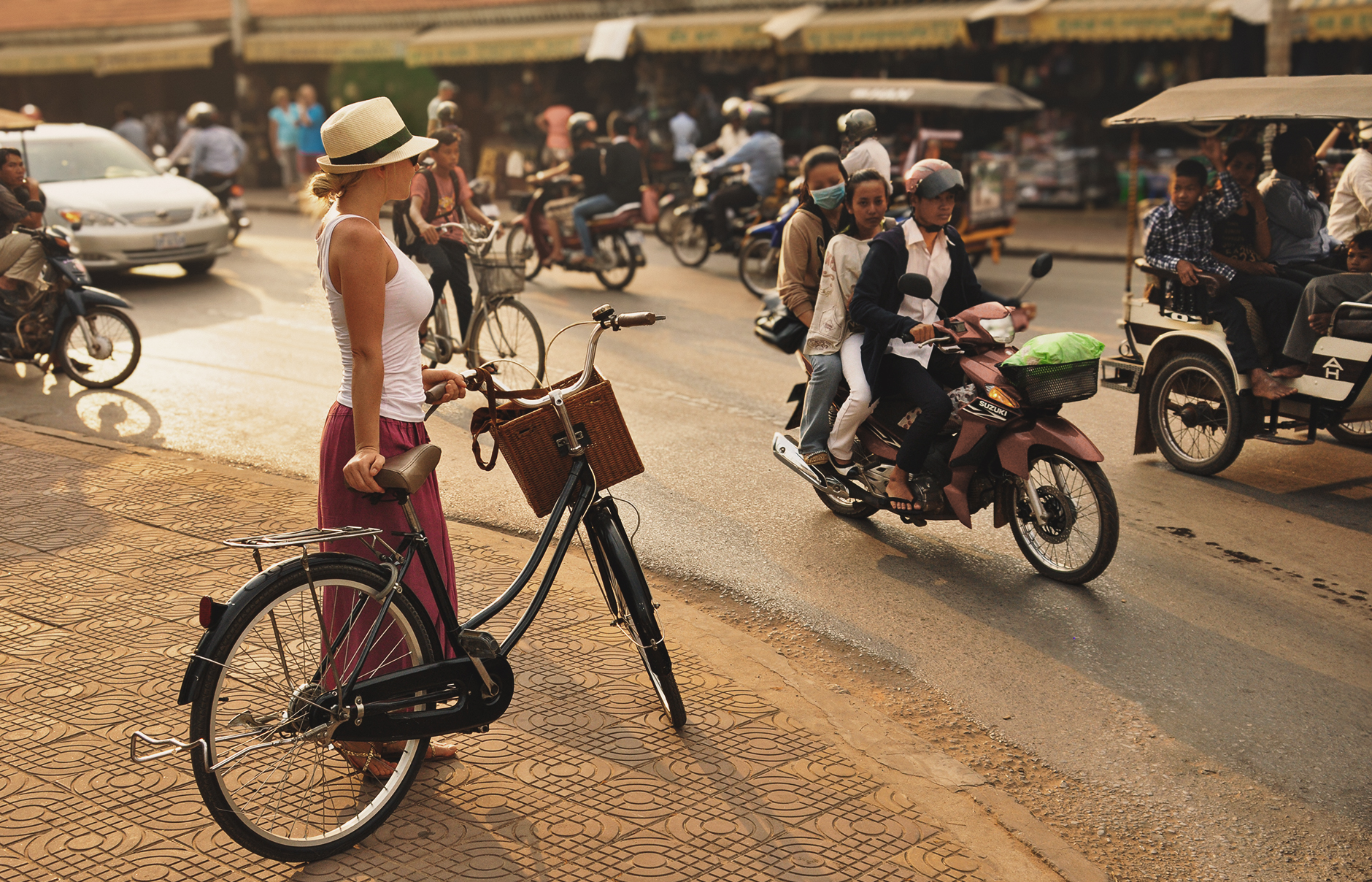
We think one of the best ways to see the sights of Siem Reap and around is by bicycle. All the major sights in the area are within easy biking distance from the town, but more importantly, the terrain is flat as a pancake, making cycling simply fun. No pedaling up steep hills in the tropical heat!
Many hotels offer bike hire and some include it in the cost of the room—like Amansara, where we stayed. But there are lots of cheap bike hire places dotted around the city — though if you prefer to plan ahead, you can book your rental here or see options here.
Close to the southwest part of Siem Reap lies Southeast Asia’s largest freshwater lake. Itineraries typically feature cruises on the lake past floating villages, which are a bit of a tourist trap—but also cover a visit to the Prek Toal Bird Sanctuary.
Part of the Tonle Sap Biosphere Reserve, it’s one of the most important breeding ground in Southeast Asia for large water birds. Black-headed Ibis, Painted Stork, Milky Stork, Spot-billed Pelican and Grey-Headed Fish Eagle can all be spotted here.
For a more authentic glimpse of life on the water, opt for a private or small-group cruise through Tonle Sap’s floating villages — you can book your experience here or explore curated options here.
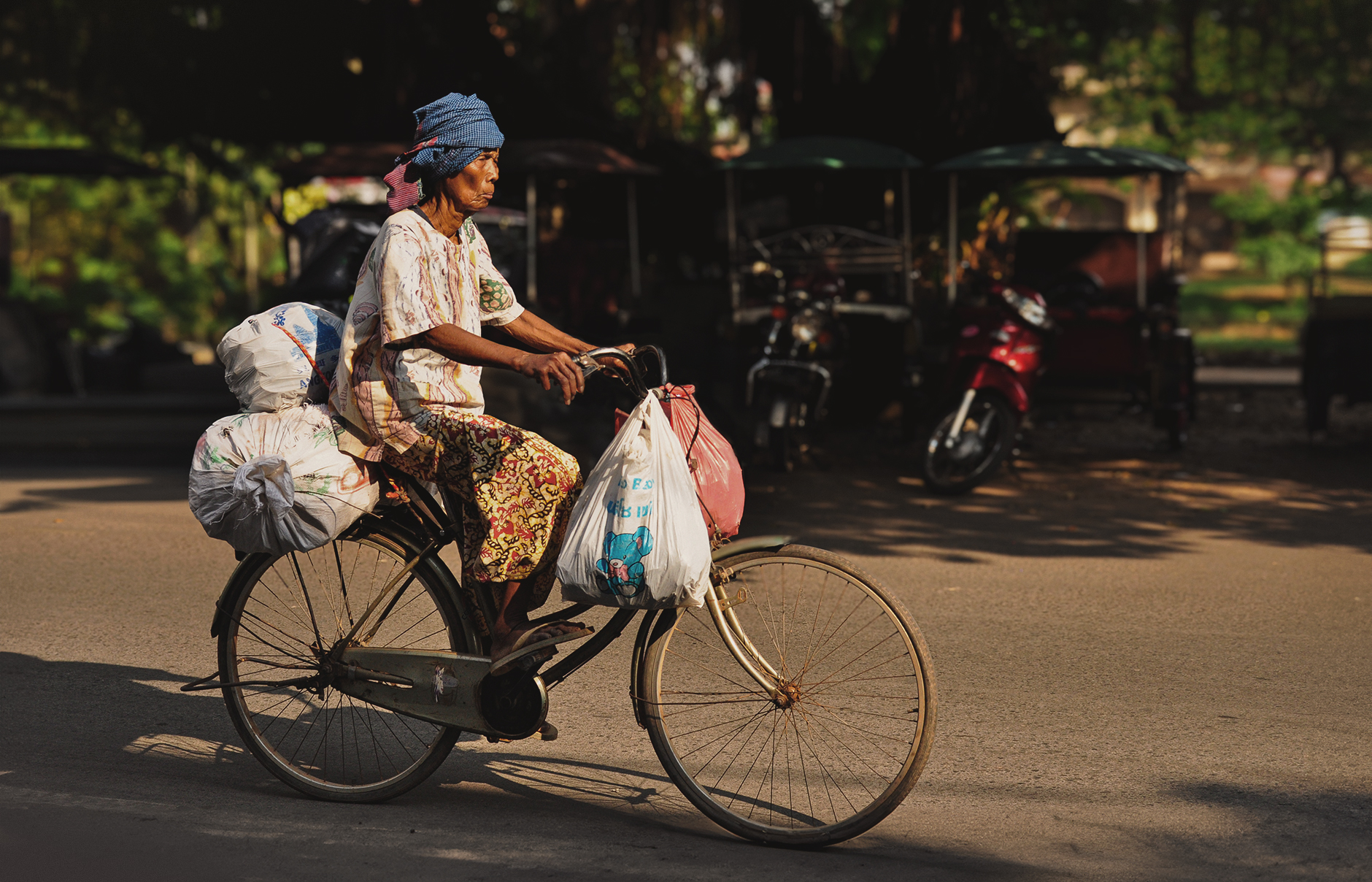
End your day in the Old French Quarter, where Siem Reap’s laid-back charm comes alive, with colonial architecture, leafy boulevards, and café terraces setting the tone for an afternoon of unhurried people-watching. This is the perfect place to see the city slow down — locals cycling past ochre buildings, monks in saffron robes gliding by, and travelers lingering over iced coffee. It’s the perfect spot to soak in the local rhythm — especially after temple hopping.
As evening falls, follow the buzz toward Pub Street and the surrounding lanes, where Siem Reap’s vibrant culinary scene comes alive. From chic cocktail lounges and upscale fusion spots to lively street food stalls serving Khmer favorites, the city’s mix of flavors and atmospheres reflects its growing creative spirit. Whether you’re sipping a craft cocktail or sampling amok under the stars, this is Siem Reap at its most social and spontaneous.
The best time to visit is from November to February, when the air is cooler and dry. Mornings are ideal for temple tours; afternoons for spa rituals or lounging by the pool. For a more atmospheric experience with fewer tourists, consider May or June, when the rains bring lush greenery and moody skies.
*All photos in this post are by Laskowski & Zadros. © TravelPlusStyle.com
Getting there: The flight-comparison sites such as Skyscanner (www.skyscanner.com) or Kayak (www.kayak.com) will help you find the best flights and deals.
*This post contains affiliate links and we may earn a commission, at no extra cost to you.
Author: Travel+Style. Last updated: 26/10/2025